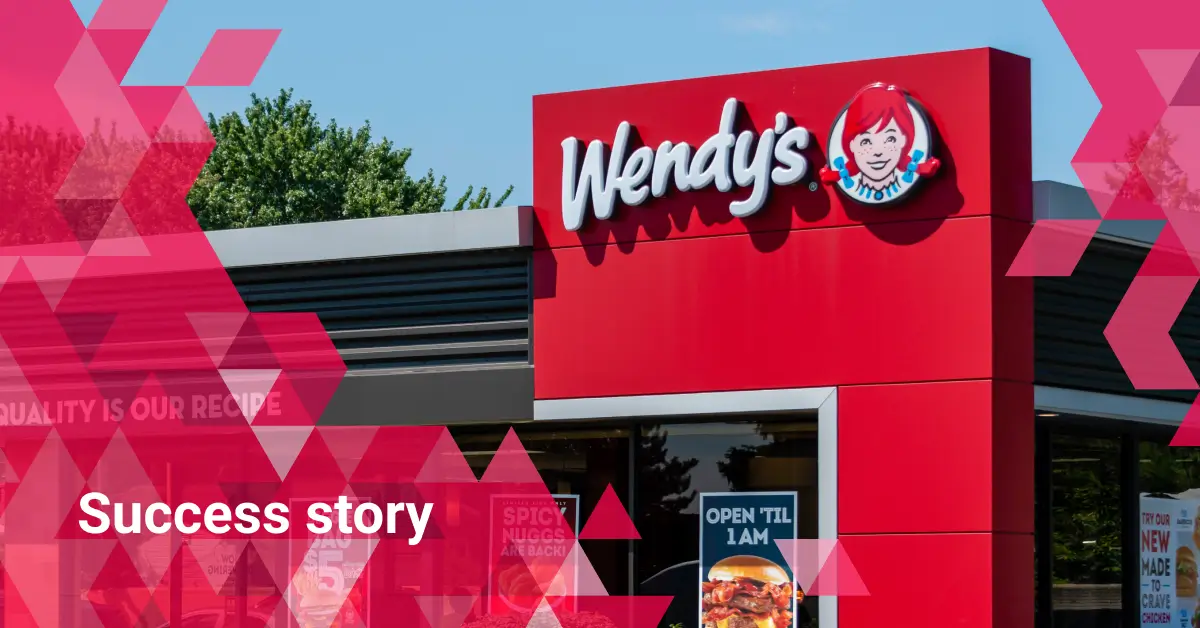Combat Retail Turnover Rates by Investing in Your Employees

Table of contents
- What’s Behind High Retail Turnover Rates?
- Case Study: See how Hudson keeps employees aligned, engaged, and informed in 80+ retail locations.
- Real Ways to Reduce Retail Turnover
- How Beekeeper Drives Retention
What would you consider a good employee turnover rate over the course of a year? With the national average of voluntary turnover at around 19%, most businesses shoot for 10% or less. Over 20% is considered bad, and going much above that could be catastrophic.
In retail, the average annual turnover rate is 60%.
Turnover has always been one of the biggest challenges in the retail industry, and it’s only gotten worse since the pandemic. Tough working conditions, stressed-out customers, and low pay have caused many retail employees to leave the industry altogether.
There’s no magic wand that can be waved to change this. But savvy retail business leaders can invest in tech-driven strategies that make retail work more rewarding and encourage retention.
What’s Behind High Retail Turnover Rates?
Retail has always been a high-turnover industry. On a not-very-long horizon, the turnover rate will be close to 100%. But turnover has accelerated even faster over the last few years, as COVID-19 exacerbated conditions that were already endemic to the job.
In January 2022 alone, the total number of “quits” in the field was over 800,000, an increase of 170,000 from January 2021.
What’s behind the extraordinary increase in retail turnover rates? For many, the pandemic brought new pressures and new opportunities, fuelling the Great Resignation and unprecedented labor shortage. However, most of the challenges retail workers face existed long before the pandemic.
These include:
Lack of Proper Training
I don’t know. I’m not sure. I’m going to have to ask my manager.
These aren’t the responses customers want, but they’re often the answers they get in stores.
We get it. It’s hard to spend time training retail employees. That’s time that isn’t spent helping customers. And having your best associates handhold new workers can be disruptive and reduce productivity. It’s easier and faster to throw new hires into the deep end and have them learn from experience.
The problem is that this “sink or swim” approach to onboarding often makes the employee experience worse. Not having a proper grasp of the products, technology, or customer service practices makes nearly every guest interaction stressful. Mistakes multiply, confidence falls, and that can lead to a hasty exit.
And new employees aren’t the only ones who struggle with a lack of training.
Without a centralized way to reach employees, it can be hard to get the word out about evolutions in offerings, policies, or technology. In the absence of ongoing training and clear communication about changes, even seasoned employees can quickly feel left behind.
Staffing Shortages
When a store is short-staffed, whether due to hiring or scheduling issues, everything becomes more difficult. Staffing shortages make it harder to properly serve customers. It stretches people thin. It makes everyone more stressed. When that stress multiplies over many shifts, people quit.
Lack of Purpose
Most people want their job to have meaning. They might not derive their entire sense of worth from their work, but going to a job without any sense of accomplishment is draining. That’s often the case for retail workers, who are often disconnected from the big picture and struggle to find purpose in their work.
According to our 2022 Frontline Trends report, feeling involved, staying informed, and having clear objectives is vital.
- 86% of frontliners say that understanding context around change is crucial to workplace happiness
- 87% of managers say that providing context is effective for retention
- 80% say that having clear goals, targets, and a way to measure performance is important to satisfaction
What this tells us is that employees want a shared mission. Retail workers have to feel like they’re part of something larger than themselves.
Huge changes don’t happen overnight, but you can start investing in your employees immediately.
Case Study: See how Hudson keeps employees aligned, engaged, and informed in 80+ retail locations.
Real Ways to Reduce Retail Turnover
The single-best way to retain retail employees for as long as possible is to provide incentives to do great work and give them the tools they need to do that work.
Here’s how it can be done.
- Invest in Managers. Frontline managers supervise almost 80% of a company’s workforce, but many don’t receive any meaningful training on how to manage people. That means even the most well-intentioned managers often resort to micromanaging, command-and-control structures, and pointing out mistakes rather than building up strengths. This damages relationships and can contribute to high retail turnover rates. Leveraging frontline retail managers to better support frontline employees prevents burnout, strengthens operations, and boosts retention.
- Streamline Training: Continuous retail training boosts sales by 50%. Training employees to perform at their best on an ongoing basis makes a big difference in their abilities, confidence, and the success of the business.
- Communicate. Communicating company goals, contextualizing changes, and listening to employees helps retailers forge stronger connections with their workforce and improve workplace satisfaction. Of course, this can be challenging in a frontline-majority business with teams spread out across disparate locations. A frontline operating system with both public and private communication options is a perfect way to get everyone on the same page and make retail workers part of the conversation.
- Give Recognition. Retail can be a difficult and thankless job sometimes. Recognizing employees and creating a culture of gratitude goes a long way toward helping employees feel appreciated. Tools that allow for company-wide recognition ensure everyone can share in each other’s success and cultivate a sense of community.
- Offer Flexibility. Kids get sick. Cars break down, and sometimes employees just need a day off to recharge. Retail workers need simple ways to notify managers and co-workers when they can’t come in. Integrating shift scheduling software into your digital workplace lets employees plan for the expected and adjust to the unexpected.
Ultimately, reducing retail turnover rates is about understanding and empathy. When you invest in your employees and offer meaningful ways to address their needs, they’ll be more invested in you.
How Beekeeper Drives Retention
Retail turnover rates will probably never get to 20%, much less 10%. It’s the nature of the job. But businesses that invest in frontline technology are well-equipped to minimize it.
Beekeeper’s operating system for frontline businesses is technology that supports people. Our mobile-first platform can be securely accessed from retail workers’ own smart devices. With Beekeeper, employees can participate in training, send and receive messages, share documents, receive recognition, and use the scheduling app. It empowers employees to do their best work and encourages them to stay at their jobs longer. For retailers, that means less money spent on training, happier customers, and a more efficient workplace.
Want more ways to fight the retail labor shortage? See how Beekeeper can help you boost employee referrals.

About the author
Beekeeper
We make frontline lives easier, work safer, and teams more connected so businesses can reach new heights. At Beekeeper, we’re dedicated to making frontline lives easier by connecting workers with the tools, support, and information they need to feel valued, do their best work, and drive the business forward.







